The Great Wall of China has gone through so many dynasties and witnessed the succession of Chinese emperors in history. This defensive system was seen as the carrier of intelligence and perseverance of the Chinese nation. The process of the Great Wall’s construction lasted over 2,500 years and was built for self-defense, defending against invasion, and trade and cultural exchanges.
In the Qin Dynasty (221-207 BC), the Emperor Qin Shi Huang joined those city walls together to form the Great Wall. This huge project required a lot of resources and manpower. Therefore, millions of people were sent and requisitioned to construct the Wall. Scroll down and learn more about the people who helped build the Great Wall of China, the emperors who ordered the construction, how they constructed it, how many people died in the process of building it, and whether the dead bodies were buried under the Great Wall.
Who Made the Great Wall of China?
When talking about who built the Great Wall of China, Qin Shihuang must be the first one to come to most people’s minds. The First Emperor of Qin was also known for his Terracotta Warriors. After the unification of China and the establishment of the Qin Dynasty (221-207 BC), Qin Shihuang connected and expanded all scattered Great Walls built by the three previous vassal states (Qin, Zhao, and Yan) to protect the country from invasion by the northern Xiongnu.
The Qin Great Wall at that time ran from Gansu to Liaoning, lasting over 10,000 li (5,000 km). That’s why it was called Wan-Li Changcheng (Ten-Thousand-Li Great Wall and 万里长城 in Chinese). One of the well-preserved sections of the Qin Great Wall is located in Baotou, and the Wall stretches for about 120 km (74.6 miles). Compared with other sections of the Great Wall in Beijing, it is not a popular scenic spot. What we know and see most frequently today refers to the Ming Great Wall, located in Beijing.
Before the Qin Dynasty, the Great Wall of China stemmed from the Warring States Period (770-221 BC). It was first built by the Chu State to prevent invasion.
In the Han Dynasty (202 BC- 220 AD), after the Qin Dynasty, Emperor Wu of Han (Liu Che) expanded and strengthened it based on the Qin Great Wall. The Han Great Wall was extended to the Hexi Corridor (northwestern part of China), which fortified border defense.
In the Northern Wei Dynasty (386-534 AD), Emperor Xiaowen of Northern Wei (Tuoba Hong) constructed the Wall to defend against the Rouran Army. In the Northern Qi Dynasty (550-577 AD), Emperor Wenxuan of Northern Qi, Gao Yang, continued to build the Wall, adding three more new sections to protect the northern borders from the nomadic vibes. In the Sui Dynasty (581-618 AD), Emperor Wen of Sui (Yang Jian) and Emperor Yang-Ti (Yang Guang) reinforced the Wall numerous times. Emperors in the Jin Dynasty (1115-1234 AD) built Jin Jiehao, known for its unique materials and techniques.
After some fortifications in the Song Dynasty (960-1276), it was thought that the heyday of building the Great Wall of China came in the the Ming Dynasty (1368-1644 AD) was thought of as the heyday of building the Great Wall of China. From the emperor of the Ming Dynasty, Zhu Yuanzhang, to the Chongzhen Emperor (Zhu Youjian), the Wall was expanded on a large scale, forming the Great Wall system that we see now. Many well-preserved sections of the Great Wall come from this period.
How did They Build the Great Wall of China?
The original Great Wall in the Chu State was simply built with earth and rocks, which were used even in the Qin Dynasty. In the Han Dynasty, the Great Wall was built with rammed earth and some plants, like willows and reeds. From the Northern Wei Dynasty, bricks were used as one of the wall-building materials. When it came to the Ming Dynasty, blue bricks, rectangular stone, and lime mortar would also be used as construction materials. At first, the Great Wall was independently constructed in sections and connected later.
Manpower is the major force behind to creation of the Wall. Most people built the Wall with their hands, especially in the Ming Dynasty, without machinery. Soldiers, common male farmers forcibly requisitioned, and criminals were major laborers who built the Great Wall of China.
Animal power, such as oxen and horses, belongs to the supplementary force, which was responsible for transferring heavy materials. Compared with manpower, they could carry heavier things. Some construction tools and equipment were also used to assist in construction.
How Many People Were Needed to Build the Great Wall of China?
As we all know, emperors are the main figures who ordered the Great Wall of China to be built. After orders were released, the Great Wall of China was extended, destroyed, and rebuilt. But for such a vast engineer, it must need a large workforce. There is no exact number of how many people were requisitioned for the construction lasted for over 2,500 years.
However, it is estimated that millions of people were involved in this building. According to historical records, 300,000 soldiers were sent to the Great Wall in Qin Shihuang's time. That number takes up about 1 in 20 of the nation’s entire population in the Qin period, and the process took 9 years.
How Many People Died in the Construction of the Great Wall? Are Bodies Buried in the Wall?
The construction of the Great Wall was a vast and dangerous engineering project, which was the reason why people thought that many people died during the building process. It is believed by many people that millions of people died, and some of them were buried under the Great Wall. That belief may come from the circulated folktale Meng Jiangnv Weeping Collapsed the Great Wall, which tells a story that a husband was sent to build the Wall. It is said that he died and was buried on the Great Wall due to exhaustion. A wife was devastated at the news and kept weeping until the Wall collapsed.
But there is no evidence to prove that there are dead bodies buried under the Great Wall. And there are no dead bodies that have been found near or under the Wall yet. Besides, if the bodies were buried and formed the Wall, its foundation would not be solid enough to stand today. Because the bodies would decompose.

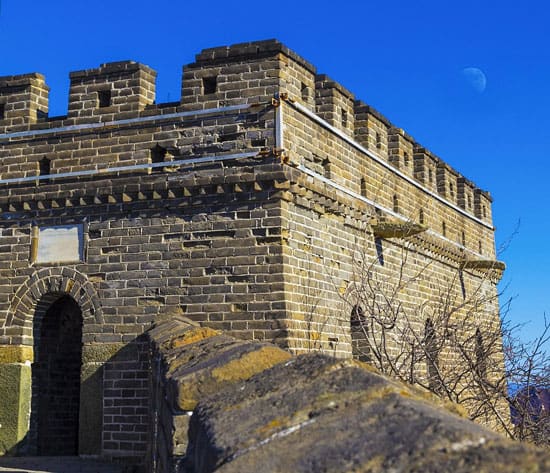
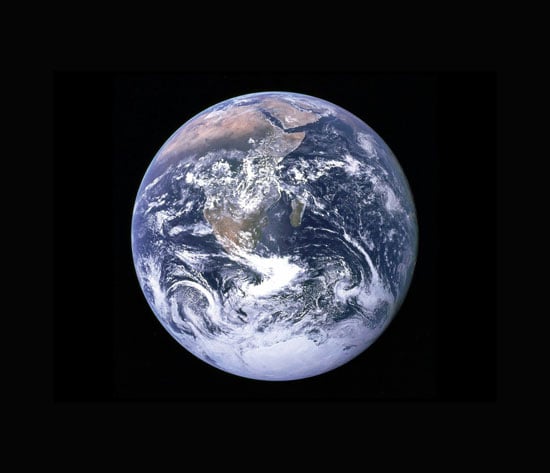
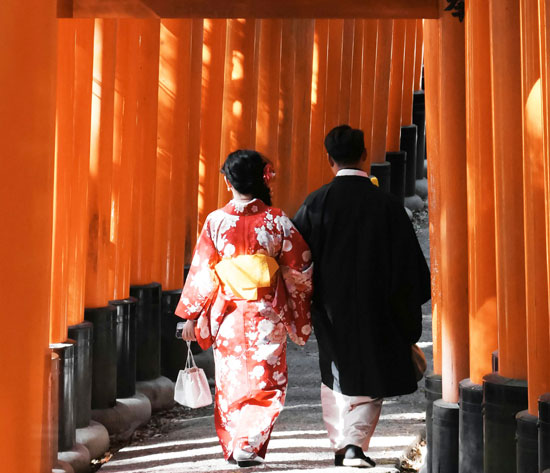
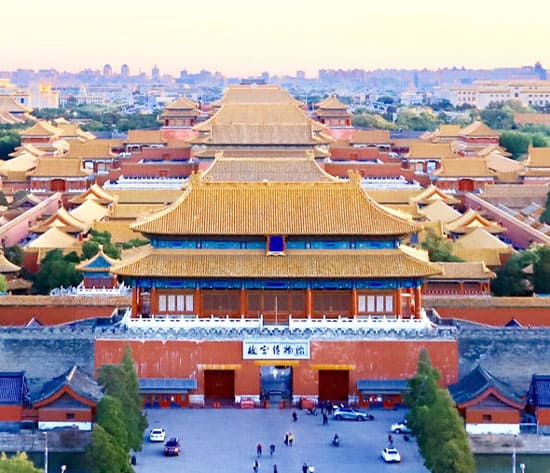
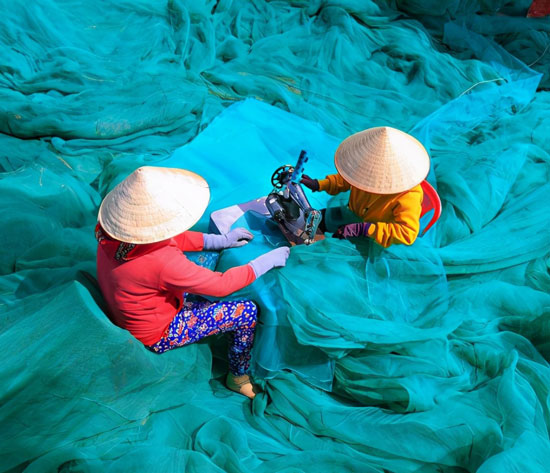
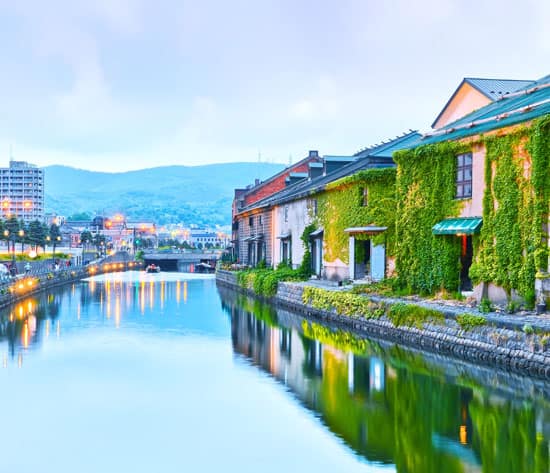
Have a Question?
You might see your comment appear on this page, but your email address and full name will not be published. Your personal information will remain confidential. Our Asia travel experts will get back to you as soon as possible. Required fields are marked *